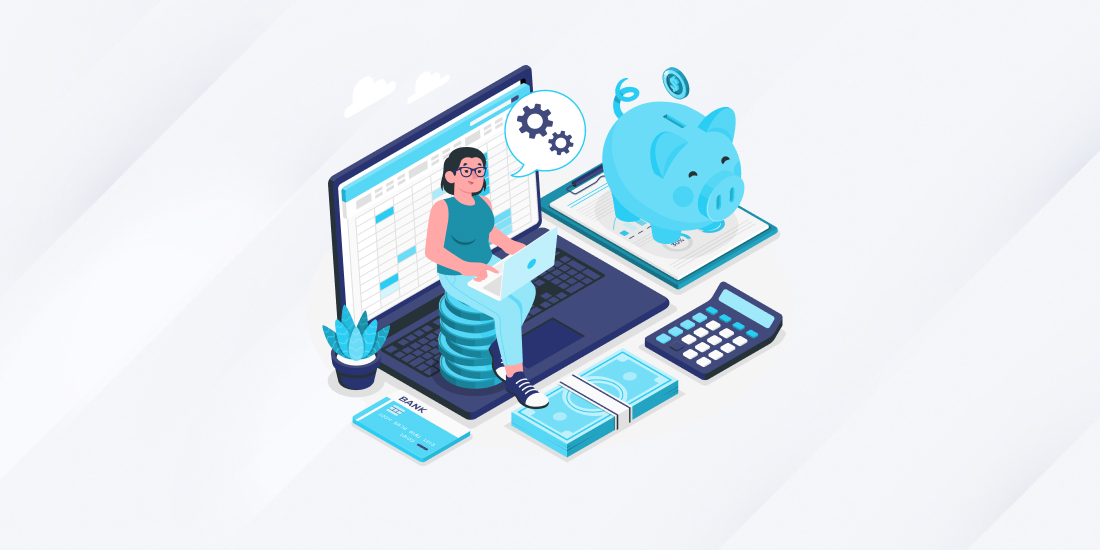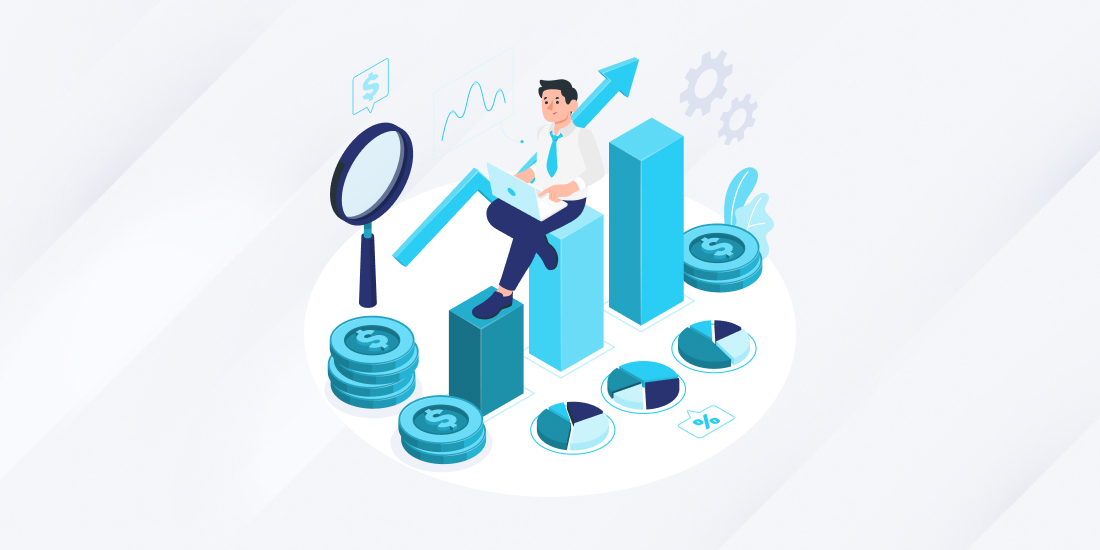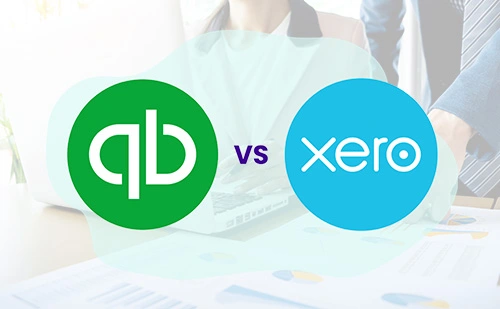What is Cash Flow?
Cash flow is the movement of money into and out of a business, making revenue and expenditures the two main drivers of cash flow. A cash flow statement is a financial statement that summarizes cash inflows and cash outflows over a specified accounting period.
Net cash flow is determined by adding up all cash outflows over a certain time period (often one month) and subtracting all cash inflows. It is important, however, to avoid becoming too focused on a certain calendar month. Due to the inherent variations that most organizations face, cash flow is best evaluated over a period of three months or longer.
While a high revenue number may offer you some comfort that business is brisk, a closer look at the company’s cash flow will give you a more accurate picture of its financial health.
5 Common Cash Flow Problems in Small Businesses
When a business has difficulties with its cash flow, its financial health may deteriorate drastically. Knowing some of the most common issues is essential for devising effective solutions. Here are just a few examples:
1. Underestimating Initial Costs
Startups need precise cost projections. A successful launch without cash flow issues may be ensured with careful budgeting from the outset. It is strongly suggested that you create a realistic starting budget to safeguard your firm from unanticipated situations.
2. Expecting Rapid Profitability
It’s essential to desire to boost your company’s profits but don’t let the drive to succeed consume you. A study found that around 84% of a company’s total earnings will be earned during the first four years. As a result, you shouldn’t expect to see a profit from your little company right away.
3. Not Creating a Cash Flow Budget
Cash flow budgets are used to estimate future earnings and outlays in order to better manage financial resources. Estimate your revenue and expenditures for the following month to establish a cash flow budget.
4. Overlooking High Overhead Costs
If your small business has high overhead expenditures, it may struggle to make ends meet. Profits may be affected by rent, transportation expenses, and expensive leases. The difficulties arise from the high overhead expenditures. To be financially stable, revenues must grow to offset high administrative expenditures.
5. Slow Collection of Receivables
Cash flow issues might arise as a result of slow receivables collection. Customers who pay their bills late may be a real pain. Inadequate payment processing times may cause problems for businesses. Businesses may avoid this issue by only extending credit to trustworthy, on-time payers. Putting up a plan for recovering receivables might help alleviate cash flow worries.
How to Solve Cash Flow Challenges
Minor adjustments can help businesses to deal with cash flow issues effectively. Here are some common methods of addressing financial difficulties.
1. Create a Cash Flow Budget
Proactive financial planning is aided by cash flow budgeting. You can predict months with financial shortages or surpluses with a little bit of forethought. It’s a useful tool for projecting your company’s financial requirements for the future.
2. Cut Expenses
Expenses make cash flow problems even worse. Keep a close eye on your company’s expenditures and find places to save money. Use the PNE method (prioritize, negotiate, and eliminate) to solve cash flow problems effectively. To begin, it is helpful to divide expenses into those considered “essential” and those considered “non-essential.” Reduce or eliminate subscriptions and other frivolous spending, and use the money saved to negotiate lower prices on necessities. This method improves profitability and cash flow.
3. Make it Easier to Get Paid
It’s easy to send out invoices, but it may be frustrating to wait for payment. The awful financial flow this causes just makes matters worse. For companies struggling with liquidity, speeding up the payment process is essential. Consolidate your billing and payment processes by switching to cutting-edge cloud-based software.
4. Maintain Cash Access
If payments are delayed, or costs rise beyond expectations, you may find yourself short on cash. Make sure you have access to some kind of emergency fund, whether it be savings or a short-term bank loan. In extreme circumstances, this will be helpful.
4 Impact of Cash Flows Challenges to Your Small Business
Negative cash flow can bring about major difficulties for businesses. Its impacts encompass:
1. Debt Payment Difficulty
A company’s capacity to make timely payments to its vendors may be affected by insufficient cash flow. When payments are delayed, it may strain relationships with suppliers and impair product quality. It would be disastrous for the company’s operations and reputation if its suppliers suddenly stopped supplying it.
2. Impeded Growth
A company’s ability to seize expansion opportunities may be impeded by a lack of cash on hand. The launch of a new product, the expansion into new sectors, or the acquisition of a rival are all examples of ways that may be exploited, given a sufficient cash flow. If growth opportunities are missed, the company’s potential to innovate and grow may be limited.
3. Legal Actions by Creditors
If a company is unable to pay its debts, its creditors may file a lawsuit to recover their losses. This might be the result of a legal process or a judicial decision. Creditors may apply pressure on a business if it is slow to pay them because of cash flow issues. Legal action is a possible next step after harassing communication like emails and phone calls.
The danger that a corporation won’t be able to pay its bills and its creditors is known as insolvency risk.
4. Insolvency Risk
In the worst instance, a corporation may go bankrupt due to persistent cash flow problems. If the company can’t come up with the money it needs to meet its commitments and running expenses, it may be forced to shut down, leaving its investors holding the bag.
Conclusion
The struggle that comes with inadequate cash flow in a small business can be challenging. It may seem hard to avoid in certain situations, but it’s best to give it some thought before trying to traverse any deep recesses. The impact of fluctuations in cash flow on your business may be mitigated by implementing measures such as enhancing accounting processes, applying for financing, or reviewing stock levels.
To assist you in managing your cash flows for your small business Transcounts is your financial management solution. We will address your business needs and provide customized solutions to improve your small business’s overall health and stability.
Transcounts offers a valuable solution for small business owners who seek to proactively tackle cash flow challenges and steer clear of the potential repercussions that might entail.
Contents
</div




